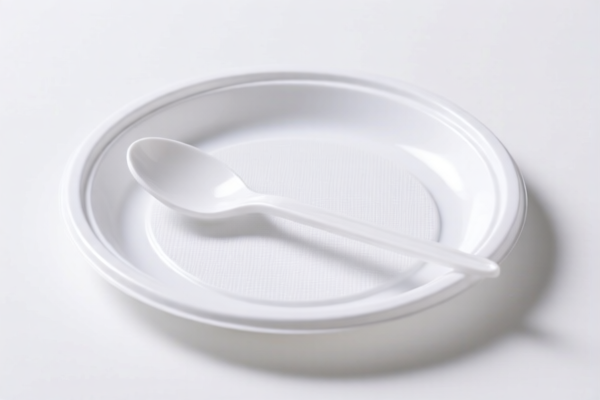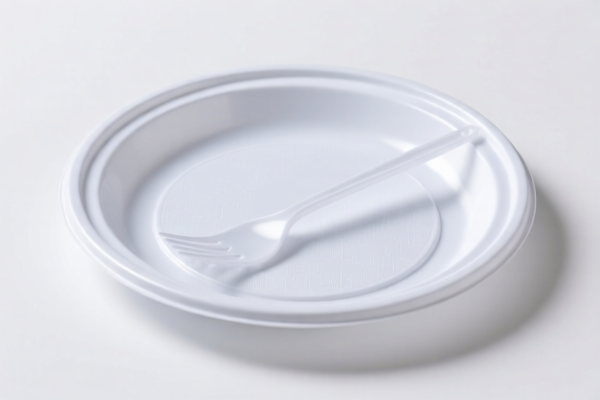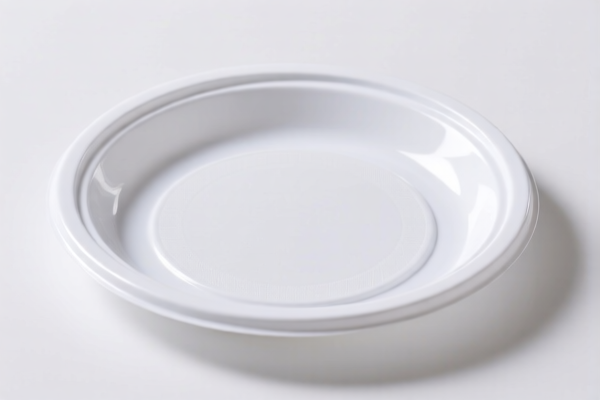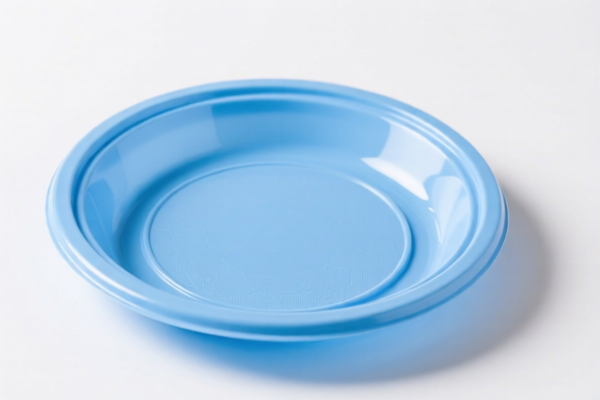| HS Code | Official Doc | Tariff Rate | Origin | Destination | Effective Date |
|---|---|---|---|---|---|
| 3920100000 | Doc | 59.2% | CN | US | 2025-05-12 |




Okay, let's break down the classification and tax implications for your declared item: PLASTIC PLATE based on the HS Code provided.
Here's a detailed analysis:
1. HS Code: 3920.10.00.00 – Understanding the Code
- Chapter 39: This chapter covers "Plastics and articles thereof." So, we're definitely in the right area for plastic plates.
- 3920: Specifically, this heading covers "Plates, sheets, film, foil and strip, of plastics, noncellular and not reinforced." This means the plates are not foam-based (noncellular) and don't have materials like glass fiber added for strength (not reinforced).
- 3920.10: This subheading narrows it down to plates, sheets, film, foil and strip of polymers of ethylene. This is crucial! "Polymers of ethylene" refers to plastics like polyethylene (PE), which are very common in plastic plates (think plastic food containers, disposable plates, etc.).
- 3920.10.00.00: This is the most specific code, indicating all plates, sheets, film, foil and strip of polymers of ethylene.
2. Product Description Verification
Based on the HS Code, your plastic plates are classified as those made from polyethylene (PE) or similar ethylene-based polymers. Please confirm this is accurate. If your plates are made from a different type of plastic (e.g., polypropylene (PP), PVC, PET), the HS Code will be different, and so will the tax rate.
3. Tax Details
- Basic Tariff: 4.2%
- Additional Tariff: 25.0% (currently in effect)
- Additional Tariff (After April 2, 2025): 30.0%
- Total Tax: 59.2% (This is calculated as Basic Tariff + Additional Tariff. The total tax will increase to 63.2% after April 2, 2025)
4. Important Considerations & Recommendations
- Material Confirmation: Crucially, double-check the exact plastic material used in your plates. A slight change in composition can lead to a different HS Code and tax rate. Provide a material safety data sheet (MSDS) if available.
- End Use: While not always required, knowing the end use of the plates can sometimes help clarify classification. (e.g., food packaging, disposable tableware, industrial use).
- Single Invoice Value: Be aware that the total tax is calculated on the declared value of the shipment.
- Certification/Licensing: Depending on the end use of the plates (especially if they are for food contact), you may need specific certifications (e.g., FDA compliance for food contact materials). Please check the import regulations of your destination country regarding food contact materials.
- Post April 2, 2025: Be prepared for a tax increase of 5% after April 2, 2025.
Disclaimer: I am an AI assistant and this information is for general guidance only. Import regulations are complex and subject to change. It is highly recommended to consult with a licensed customs broker or the customs authorities in your destination country for definitive classification and tax advice. They can review your specific product details and ensure compliance with all applicable regulations.
Customer Reviews
The information is accurate, but I wish there were more examples of how to confirm the material of the plastic plates. Still, it's a solid resource for HS Code research.
Finally found a resource that clearly explains how to identify the correct HS Code for polyethylene plates. The images and tariff details were spot on!
The detailed explanation of the HS Code structure was very helpful. I now understand why my plastic plates fall under 3920.10.00.00, but the tax rate increase after April 2025 caught me off guard.
Great breakdown of the HS Code 3920100000 for plastic plates. The tariff rate of 59.2% was exactly what I needed for my export plans to the US.